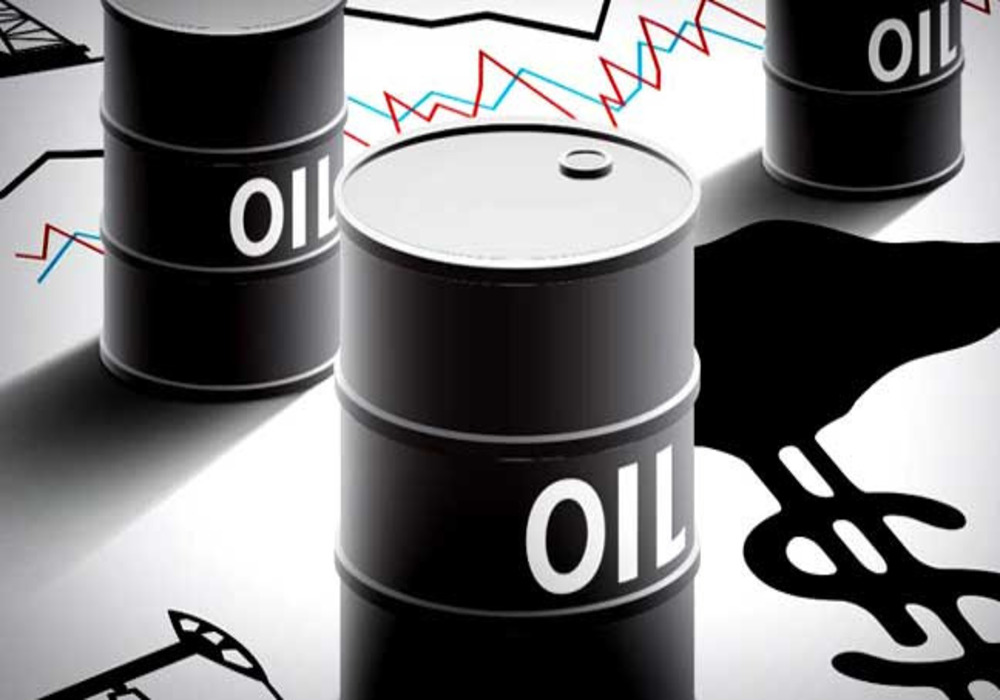The oil market rose more than 1% on Thursday, extending the previous day’s rally, as optimism over record crude exports in the United States and signs that recession fears are subsiding continued.
Brent crude rose $1.27, or 1.3%, to $96.96 per barrel, while West Texas Intermediate (WTI) crude rose $1.17, or 1.3%, to $89.08 per barrel.
Data showed that US crude exports increased to a weekly high of 5.1 million barrels per day, reducing net crude imports to just over 1 million barrels per day, also a high.
Since the Obama administration lifted a 40-year ban on exports in 2015, the United States has dramatically increased its exports.
After the European Central Bank (ECB) raised rates by 75 basis points, speculation that central banks may be nearing the end of their rate-hiking cycles boosted the market.
The central bank for the 19 Eurozone countries raised its deposit rate by 75 basis points to 1.5%, the highest rate since 2009.
ECB rates had been negative, below 0%, for eight years before being raised in July.
It also reduced a key bank subsidy in an attempt to force banks to repay early trillions of Euros in ECB loans, and detailed discussions on winding down the ECB’s massive holdings of mostly government bonds will begin in December.
The US Dollar fell to a one-month low, lending support to oil, though it later recovered. A weaker dollar lowers oil price for holders of other currencies and typically reflects a greater investor appetite for risk.
Concerns about Chinese demand capped the rally in prices.
Global investors sold Chinese assets as the world’s largest oil importer’s economy suffered from a zero-COVID policy, a property crisis, and declining market confidence.
The US and Western allies are now finalising plans to impose a cap on Russian oil prices.
The World Bank has also warned that any plan will need the active participation of emerging market economies.


